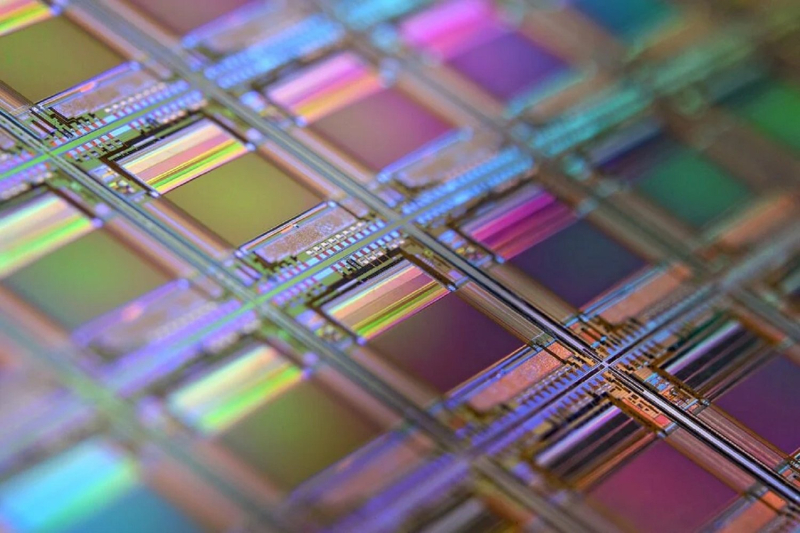
© Unsplash/Laura Ockel
The semiconductor shortage observed during the Covid-19 pandemic has exposed the weaknesses of the Western supply chain. Since then, the United States and the European Union have been working to reestablish part of the production of electronic chips on their territory. The intention is laudable in terms of digital sovereignty, but it is not without raising many questions given the considerable environmental cost of these technologies.
A polluting industry
Many observers argue that these factories risk worsening the climate crisis. As our colleagues from Fortune explain, the production of semiconductors is in fact much more polluting than we sometimes imagine.
Thus, according to several researches from Harvard University, the majority of the environmental footprint of computing is produced by the manufacturing of electronic chips. And the more sophisticated these are, the greater the impact, particularly with regard to water and energy consumption, but also waste production, underlines Euractiv.
To cite just one example, Greenpeace estimated that Taiwan Semiconductor Manufacturing Company (TSMC), the semiconductor giant, alone represented 5% of total consumption energy in Taiwan in 2020. An impact which is expected to become even more pronounced in the future.
In fact, these enormous factories use up to 100 megawatt hours of energy per hour. Concretely, it is even more than the oil refineries and the largest automobile factories.
Solutions to this climate bomb ?
Faced with this major challenge, large companies in the sector like Intel are trying to provide answers. The American company is therefore using more and more recycled water in its factories with a positive water footprint already achieved in the United States and India, and which should be so in all countries from now on. 2030.
In Europe, the Electronic Component Manufacturer Association has for its part reduced the quantity of gas emissions per product by 42% between 2010 and 2020 by using new reduction technologies and optimization, affirms the European media. In any case, there is an urgent need to act on this problem which could become a real climate time bomb.
What you need to remember :
- Chip manufacturing poses an environmental challenge
- This production is particularly water and energy intensive
- Industrialists in the sector claim to be making more and more efforts to resolve this problem
📍 For miss any news from Presse-citron, follow us on Google News and WhatsApp.
[ ]

